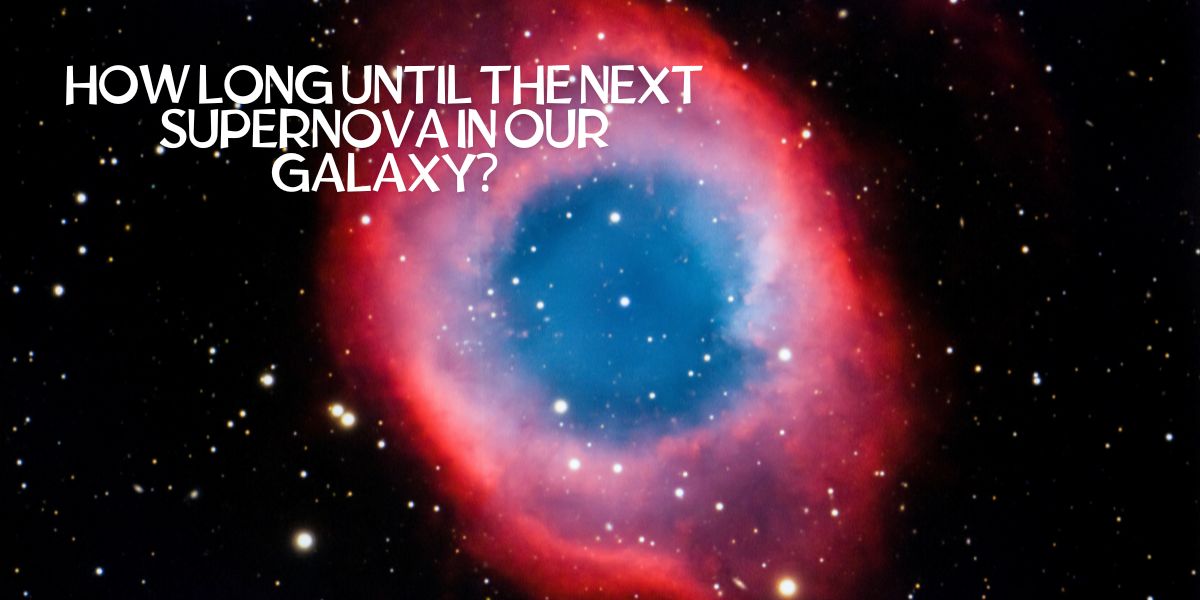
Have you ever looked up at the night sky and wondered about the stars? Some stars end their lives in a huge explosion called a supernova. It’s one of the most powerful events in the universe! A supernova can shine brighter than an entire galaxy for a short time.
Our galaxy, the Milky Way, has about 100 billion stars. Many of them will explode one day. But when will the next supernova happen in our galaxy? The last one we saw was in 1604, over 400 years ago! Since then, we’ve been waiting for the next big cosmic fireworks show.
So, when will we see the next supernova? Let’s find out!
What Is a Supernova?
A supernova is the explosion of a star. It happens when a star runs out of fuel and can no longer support itself. There are two main types:
- Type I Supernova: Happens when a small, dense star (called a white dwarf) steals material from another star and gets too heavy.
- Type II Supernova: Happens when a huge star (at least 8 times bigger than the Sun) runs out of fuel and collapses.
When a supernova explodes, it releases huge amounts of energy and light. For a few weeks, it can outshine billions of stars!
Fun Fact: The elements in your body (like iron and calcium) were made in supernovas long ago. So, we are all made of star stuff!
How Often Do Supernovas Happen in Our Galaxy?
Scientists believe that a supernova happens in our galaxy every 50 to 100 years. But we don’t always see them because:
- Dust and gas in space can block the light.
- Some explode on the other side of the galaxy, too far to see clearly.
- The last visible supernova was in 1604 (Kepler’s Supernova).
Since then, we’ve had supernova remnants (leftover gas clouds), but no bright explosions. That means we are overdue for one!
Which Star Will Explode Next in the Milky Way?
Some stars in our galaxy are likely candidates for the next supernova. Here are the top contenders:
- Betelgeuse – A giant red star in the Orion constellation. It’s already acting strangely, dimming and brightening.
- Eta Carinae – A massive, unstable star that could explode any time in the next million years.
- WR 104 – A star that might explode as a gamma-ray burst, one of the most dangerous kinds of explosions.
If any of these stars go supernova, they will be bright enough to see in daylight!
Will a Supernova Harm Earth?
Most supernovas are too far away to hurt us. But if one happened very close, it could be dangerous.
- Within 25 light-years: The radiation could damage our ozone layer.
- Within 50 light-years: It might cause mass extinctions.
Luckily, no nearby stars are set to explode soon. The closest candidate, Betelgeuse, is 600 light-years away, safe for us!
Can We Predict the Next Supernova?
Scientists cannot predict the exact date of the next supernova. But they watch unstable stars closely for signs like:
- Sudden dimming or brightening
- Unusual gas ejections
- Changes in temperature
When a star is about to explode, we might get a few days or weeks of warning.
What Will the Next Supernova Look Like?
If a supernova happens in our galaxy, here’s what you’ll see:
- A new bright star appearing suddenly.
- It will shine for weeks or months, even during the day.
- Over time, it will fade, leaving behind a nebula (a glowing gas cloud).
It will be a once-in-a-lifetime event!
The Wait for the Next Supernova
Supernovas are rare but amazing events. The Milky Way is due for one soon, but we don’t know exactly when. It could happen tomorrow or in 100 years.
When it does, it will be the brightest star in the sky—maybe even visible in daylight! Until then, we keep watching the stars, waiting for the next big cosmic show.
What do you think, will we see a supernova in our lifetime?
📌 Frequently Asked Questions
How many supernovas happen each year?
About 10 to 20 supernovas happen every second in the universe. But in our galaxy, it’s only once every 50 to 100 years.
Can a supernova destroy a planet?
Yes, if a planet is very close, the explosion can destroy it. But Earth is safe from nearby supernovas.
Will Betelgeuse explode in our lifetime?
Maybe! Betelgeuse could explode anytime in the next 100,000 years. Scientists are watching it closely.
What is the closest supernova to Earth?
The closest in recent history was SN 1987A, which exploded 168,000 light-years away in another galaxy.
Can we see a supernova without a telescope?
Yes! If a supernova happens in our galaxy, it will be bright enough to see with the naked eye.
What happens after a supernova?
The star either becomes a neutron star or a black hole, and the explosion leaves behind a glowing gas cloud.
Has a supernova ever been filmed?
No, because the last Milky Way supernova was before cameras existed. But we’ve filmed supernovas in other galaxies.
Can a supernova create a black hole?
Yes! If the star is very massive, its core can collapse into a black hole after the explosion.
Will the Sun ever go supernova?
No, the Sun is too small. It will become a red giant and then a white dwarf, but it won’t explode.
Leave a Reply